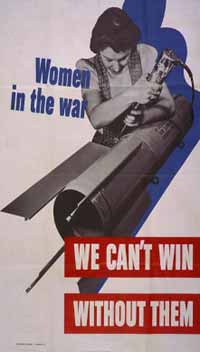For this task I have researched life in America during the 1940’s. This will help me to understand what life was like at this time, and how and why certain trends in hair, makeup and fashion were created.
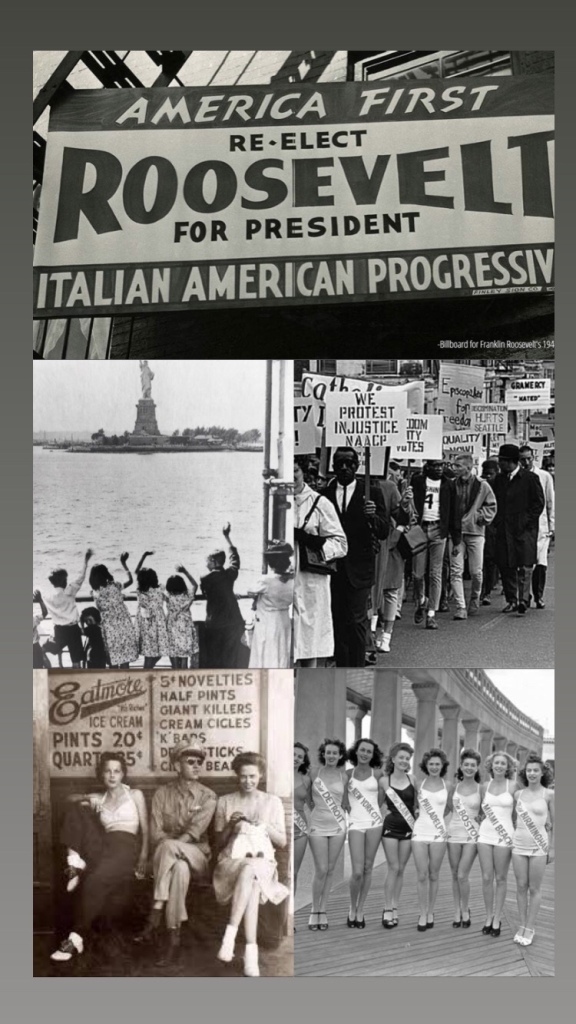
During the 1940’s, American culture was swallowed by war when many big celebrities and sports personalities were drafted, leaving a lack of new content. During this time, rationing was introduced to help ensure everyone had access to what they needed in order to survive, and helped prevent waste of materials during war time. Rationing meant many fashion and beauty trends came to a halt. However, once the war was over, focus returned again, to extravagance and pop culture. Many movies were released to celebrate this time, cars became extremely luxurious, and there was a drastic fashion evolution as people wanted to embrace all that they had missed during war time.

Statistics;
General:
Us population – 132,122,000
Average life expectancy – Female:68 Male:60
Births per 1000 – 19
Marriage per 1000 – 12
Divorces per 1000 – 2
Deaths per 1000 – 12
Lead causes of death-excluding war (in order) – Heart problems, Cancer, Tuberculosis, Car accidents.
Economy:
Unemployed – 8,120,000
National debt – $43 billion
Federal budget – $13.2 billion
Social welfare – $8.8 billion
Public education – $2.34 billion
Strikes – 2508
Car sales – 3,767,300
Average salary – $1299
Social:
Homicide per 100,000 – 6
Suicide per 100,000 – 14
Labor force male/female ratio – 3/1
Weekly movie attendance – 80 million
Annual baseball attendance – 10 million
College degrees – Bachelors- Male: 109,000 Female: 77,000 Doctorates– Male: 2861 Female:429
Consumer prices:
33 cents per dozen eggs.
8 cents per loaf of bread.
36 cents per pound of butter.
27 cents per pound of bacon.
21 cents per pound of coffee.
29 cents per dozen oranges.
Famous headlines of 1940’s America
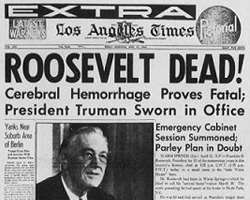
1941 – Marvel comics introduces Captain America.
Rice Krispies adopted their ‘snap, crackle and pop’ catch phrase.
Bing Crosby won his first academy award for best actor, after his work for ‘Going my way’.
1945 – Atomic bombs are tested for the first time, in New Mexico.
1945 – The battle of Berlin ends as the German forces surrender, on may 2nd 1945.
1948 – Velcro was invented by George De Mestral, in Switzerland.
1948 – Jackie Robinson becomes the first African American to beat the color barrier in Major league baseball.
1949 – George Orwell releases his classic novel about a Dystopian future, titled 1984.
Cars
During the early years of the 1940’s all attention was turned away from building cars for the average person, and towards creating and fitting parts for military vehicles. Airplane production also took major priority, alongside the creation and assembly of military trucks and tanks.
During 1943 alone, the motor industry produced over ten billion dollars of military equipment.
Shortages in materials such as aluminum, zinc and copper, forced manufacturers to return to use of cast iron and steel, in the production of motor vehicles. However, cars still continued to become much bigger and more luxurious. These cars are extremely valuable in today’s world, and are hugely sought after by car collectors as they are true head turners.
Some of the most popular cars of the 1940’s include:
Ford mercury ‘woody’ station wagon.

Cadillac custom convertible.

Chevrolet coupe pickup.

Chrysler thunderbolt roadster.
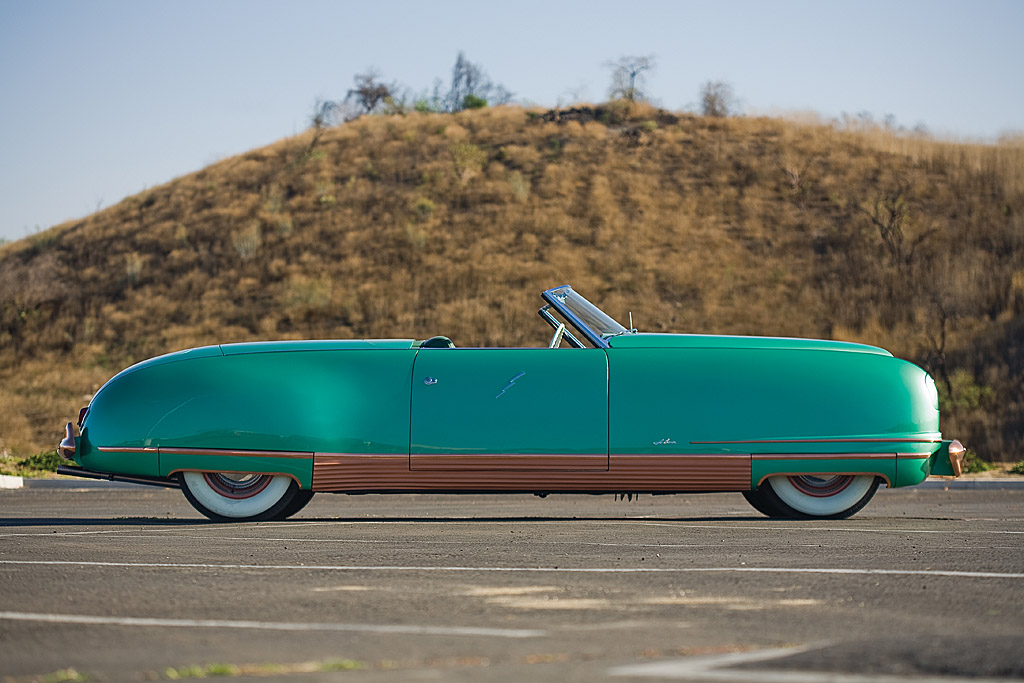
Chrysler continental coupe.

Chrysler town and country.

Delahaye 135ms teardrop coupe.
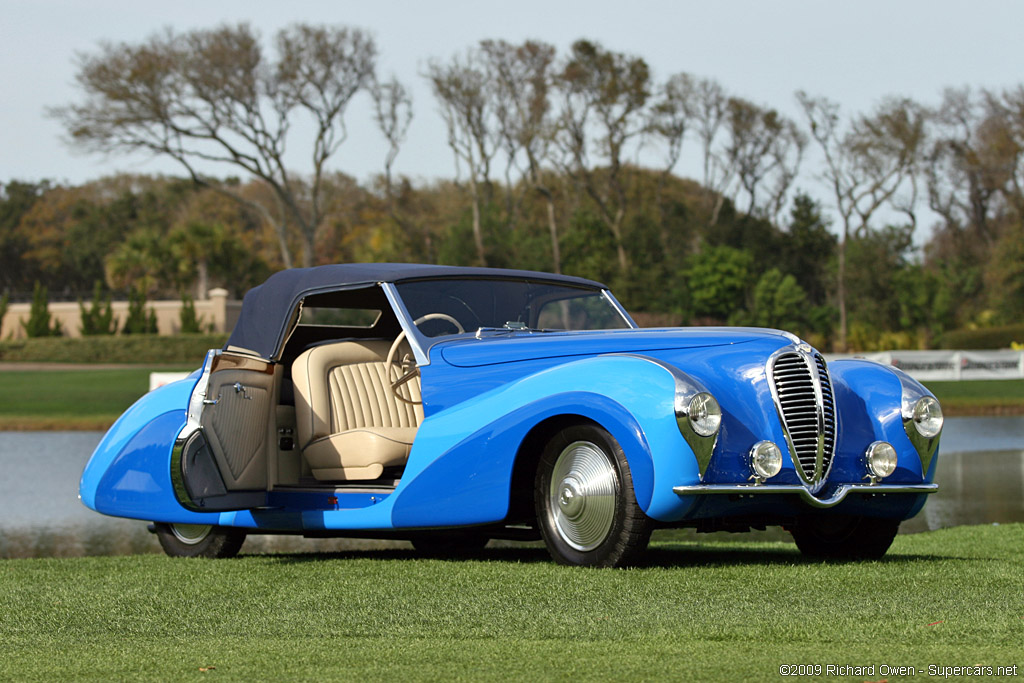
HRG 1500 Roadster.

Pontiac special six.

Ford GPW.

Jeeps were also an extremely popular brand, as they specialized in off road, rough terrain vehicles which were perfect during war time.

Movies
Here I have documented the academy award winners for each year of the 1940’s, and noted each films place on the top 10 movies of the year (if they appeared)

1940
Best picture – Rebecca, places number 1 on the top 10 films of 1940.
Best director – John Ford, for his film The Grapes of Wrath, placing 8/10
Best actor – James Stewart, for his work in John Philadelphia story, placing 5/10
Best actress – Ginger Rogers, for her work in Kitty Foyle, placing 9/10
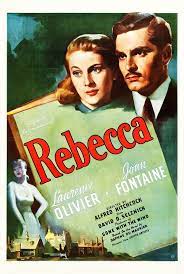
1941
Best picture – How green was my valley, placing 5/10.
Best director – John Ford, for his film How green was my valley, placing 5/10.
Best actor – Garry Cooper, for his work in Sergeant York, placing 1/10.
Best actress – Joan Fontaine, for her work in Suspicion.

During this year there was a strong trend for comedy and musical films, which began to gain access to much more expensive sets than ever before.
The cinematic industry featured in war preparations by creating extensive army training programmes, led by Darryle Zanuc – The Lieutenant Colonel in the Army Signal Corps.
1942
Best picture – Mrs. Miniver, placing1/10.
Best director – William Wyle, for his film Mrs. Miniver, placing 1/10.
Best actor – James Cagney, for his work in Yankee Doodle Dandy, placing 2/10.
Best actress – Greer Garson, for her work in Mrs. Miniver, placing 1/10.
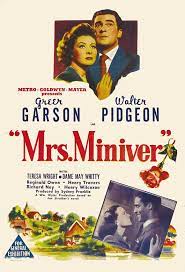
1943
Best picture – Casablanca, placing 6/10.
Best director – Michael Cruz, for his film Casablanca, placing 6/10.
Best actor – Paul Lucas, for his work in Watch on the Rhine.
Best actress – Jenifer Jones, for her work in The song of Bernadette, placing 3/10.
During this year many world famous names started to disappear from the silver screens, as they were drafted into the war. Color film had its best year to date, hugely increasing production values. There were many protests against the amount of war pictures in creation, as documentaries sprung into popularity, and War documentaries caused casualties in photographic units to run extremely high.
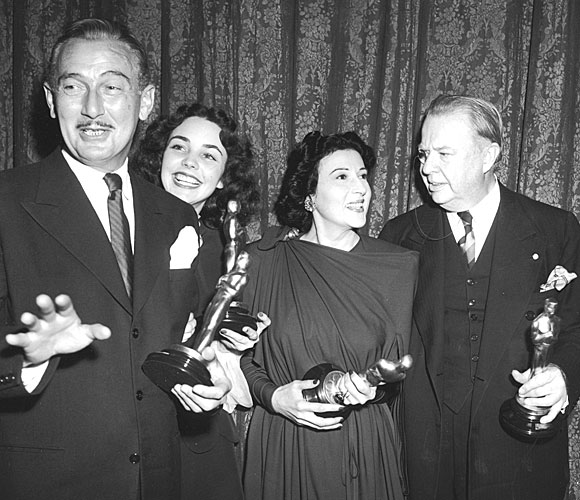
1944
Best picture – Going my way, placing 1/10
Best director – Leo McCarey, for his film Going my way, placing 1/10.
Best actor – Bing Crosby, for his work in Going my way, placing 1/10.
Best actress – Ingrid Bergman, for her work in Gaslight.

1945
Best picture – The lost weekend.
Best director – Billy Wilder, for his film The lost weekend.
Best actor – Ray Milland, for his work in The lost weekend.
Best actress – Jane Crawford, for her work in Mildred Pierce, placing 4/10.

1946
Best picture – The best years of our lives, placing 2/10.
Best director – William Wyler, for his film The best years of our lives, placing 2/10.
Best actor – Fredric March, for his work in The best year of our lives, placing 2/10.
Best actress – Olivia De Hawilland, for her work in To each his own.

1947
Best picture – Gentleman’s agreement, placing 9/10.
Best director – Elia Kazan, for his film Gentleman’s agreement, placing 9/10.
Best actor – Ronald Colman, for his work in A double life.
Best actress – Loretta Young, for her work in The farmers daughter.

1948
Best picture – Hamlet.
Best director – John Huston, for his film The Treasure of Sierra Madre, placing 4/10.
Best actor – Laurence Olivier, for his work in Hamlet.
Best actress – Jane Wyman, for her work in Johnny Belinda, placing 7/10.

1949
Best picture – All the king’s men, placing 10/10
Best director – Joseph L Mankiewicz, for his film A letter to three wives, placing 7/10.
Best actor – Broderick Crawford, for his work in All the king’s men.
Best actress – Olivia De Havilland,, for her work in The heiress, placing 8/10.

During this year it becomes much easier to make high quality films, on a much lower budget. The box office returned, with an estimated value of 1.375 billion dollars. Experiments were taking place to discover cheaper alternatives for resources used for crating set designs and props. Furthemore, some competition starts to arise with the television industry, but the movie industry is confident they will be fine. Many films were still dealing with the subject of war, and how it affected people and their environments.
Movie stars
Below is a list of some of the biggest movie stars of 1940’s America.
John Wayne – One of the best Western actors of all time.

Ingrid Bergman – Acts in some of the most popular films of the decade.

Cary Grant – Named the second greatest male star of all time, by the American Film Institute.

Kathrine Hepburn – Known as one of Hollywood’s most beloved actresses, for over sixty years!

Clark Gable – One of the most bankable actors of this decade.
James Stewart – Known for playing everyday men with real life problems (a relatable character.)Also appears in some of the most popular films of all time.
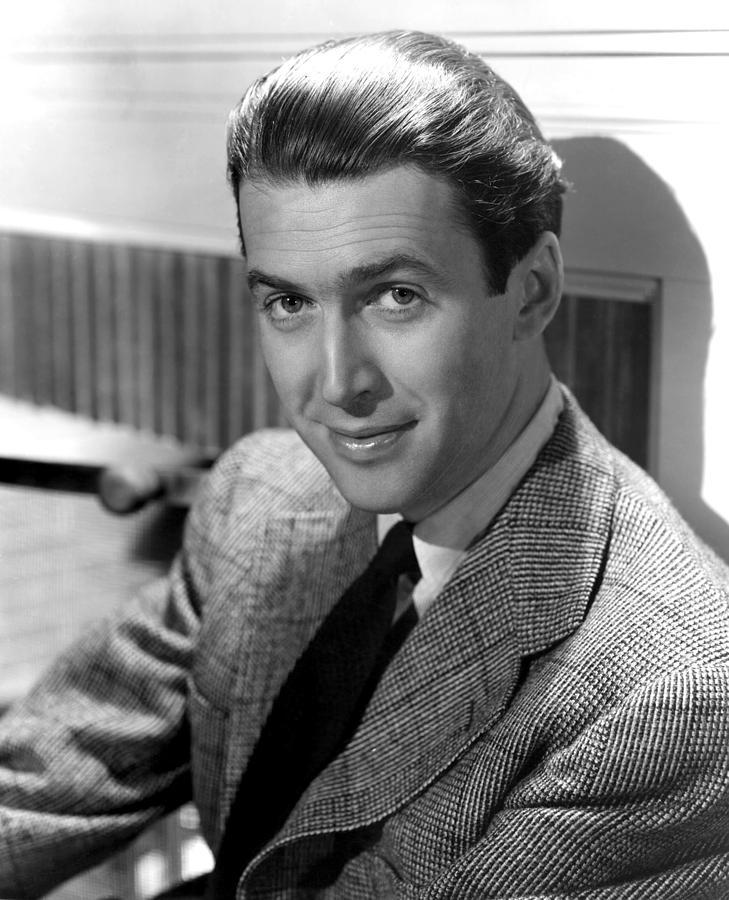
Humphrey Bogart – The kind of person women want, and men want to be, he is considered Hollywood royalty.

William Holden – Appears in over twelve films during this decade, rising toward his huge fame in the 50’s.
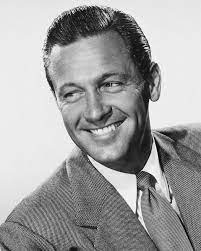
Vivien Leigh – Appears in some of the most popular films of the decade.
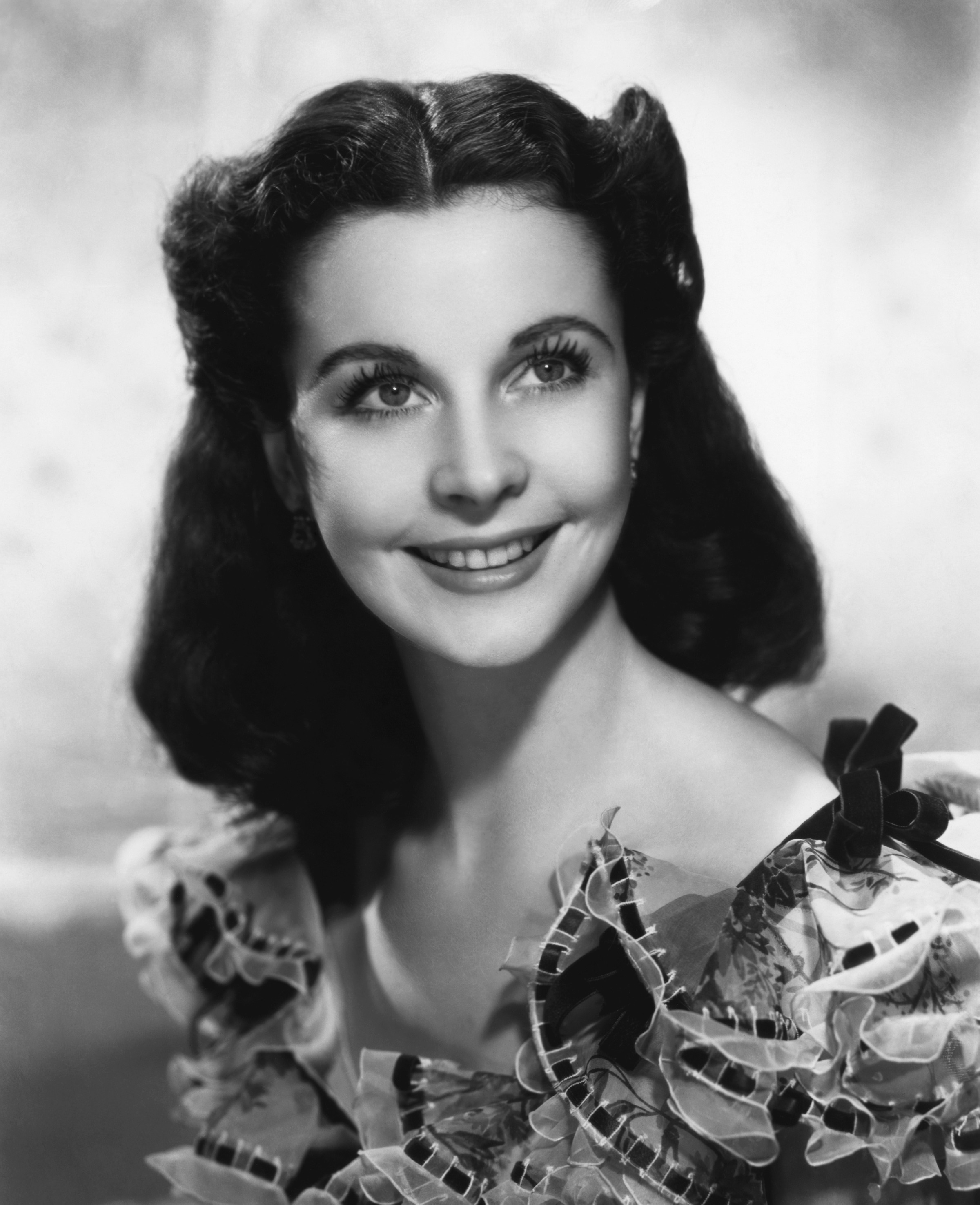
Elizabeth Taylor – Appears in some of the most popular films of the decade, after beginning her career as a child star.

Rita Hayworth – Known as one of the biggest stars of the 40’s.
Judy Garland – One of Hollywood’s most beloved actresses of all time.

Music
Overall, for music, the 1940’s was best known as the swing era. At the start of this decade, classic orchestral music was hugely popular, however by the end of the decade the jazz scene hugely dominated this industry.
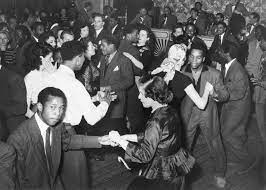
Music was becoming much more accessible for the everyday family, as many people began to gain access to music players. People mainly listened through the radio, but phonograph players became much more affordable for the everyday family, during this time Some families even had to use huge, car sized batteries to power their radios, as most people had no electricity in their homes yet!

The 1940’s is known as one of the toughest decades for the music industry. Radio stations censored a lot of their music, and this combined with many boycotts, lead radio stations to move almost entirely to talk format.
Some of the biggest names in the American music industry, during the 1940’s were:
Bing Crosby
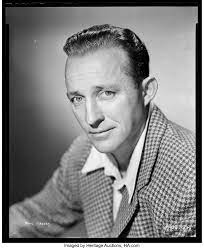
Frank Sinatra

Perry Como

Ella Fitzgerald
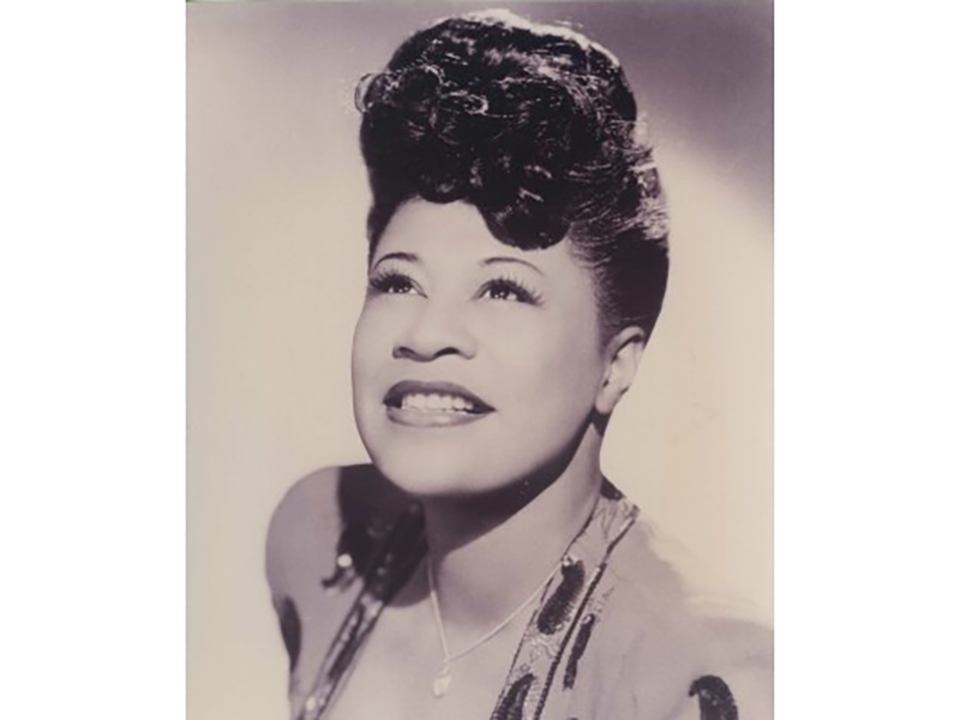
Louis Armstrong

Billie Holiday

Ray Charles

Hank Williams
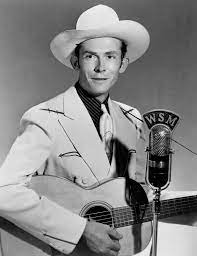
Erline Harris
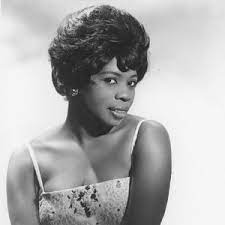
Sarah Vaughan
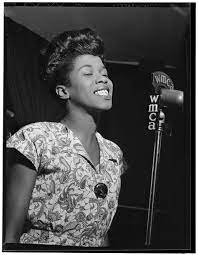
Sport
Baseball was hugely popular during the 1940’s, in fact it was the most popular spot of the time.
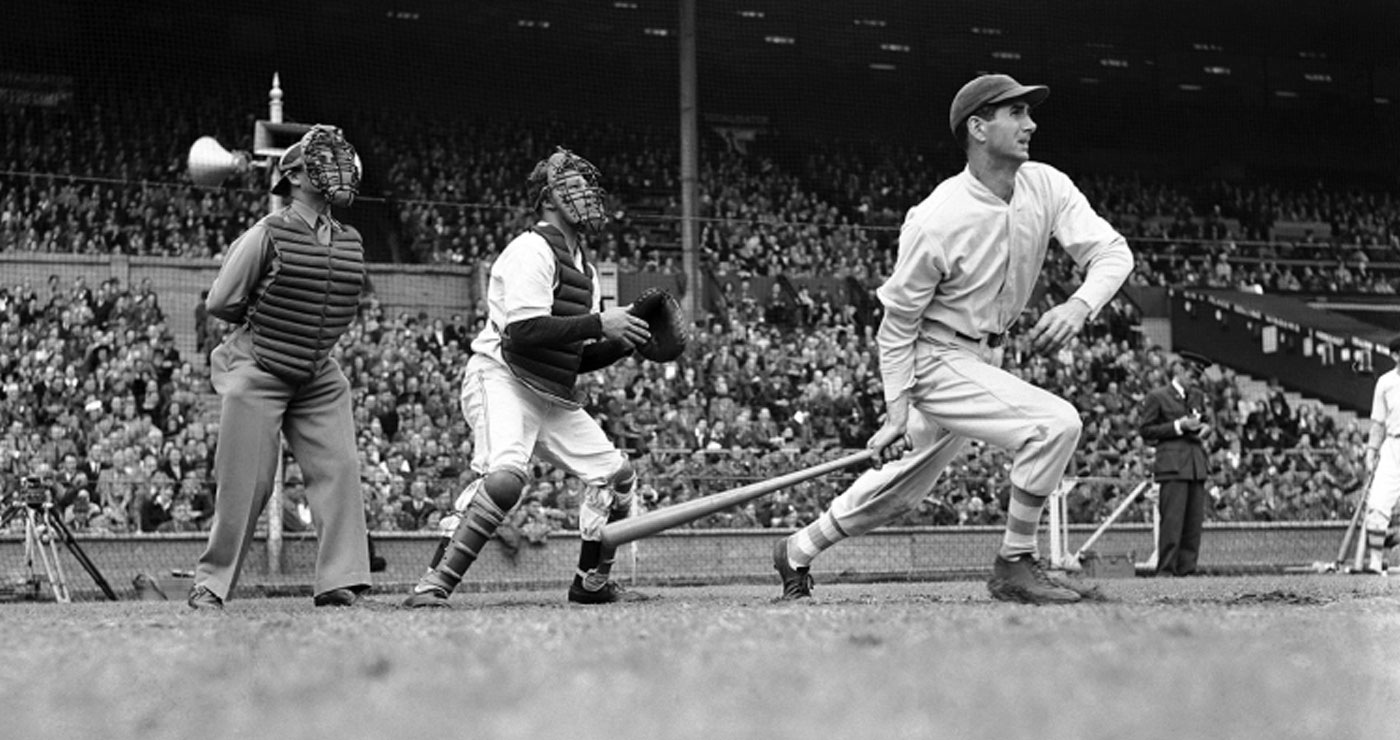
Numerous athletes left the public scene to serve in world war two, including; Stan Musial, Warren Sphan, Ted Williams, Hank Greenberg, Bob Feller and Joe DiMaggio.
There was a major breakthrough in the word of sport during 1946, when the Brooklyn Dodgers signed Jackie Robinson, who would be named in history as the first African American to play in major league baseball.

Football and Basketball were nowhere near as popular as they are today. These sports were considered more of a novelty sport, than one for entertainment. However, boxing was huge during this time, with Joe Lewis holding the title of heavyweight champion for the entire decade. To this day he is the only person to hold the title for so long.

Toys
During this decade, children’s toys became much more sophisticated and advanced than ever before.

With focus on stereotypical roles, in a bid to prepare children for the life ahead of them, war inspired toys like guns and tanks were in mass production for boys, while girls had access to any item they may need while playing house. This included baby dolls, irons, kitchen sets, mops and brooms, tea sets and much more.
Board game developers tried their hardest this decade, to create new and exciting games that would take over the place of the top, most popular board game ever created – Monopoly. In 1943, a creator named Milton Bradley introduced America to Chutes and ladders, inspired by the Indian game known as Snakes and Ladders.

Social Class
During 1944, the GI bill was passed, providing returning veterans with money for college, business and home mortgages. Suddenly, large numbers of servicemen were able to afford to live their dream lives. This allowed millions of American families to move away from Urban apartments, into sub-urban homes. Prior to this, only the rich and famous tended to take residence in the suburbs. Essentially, this bill helped to merge different classes together, erasing the clear divide and kick-starting the middle class category we are largely familiar with today. During the 1940’s and 50’s, around 8 million veterans received educational benefits through this scheme, with; 2.2 million attending college, 3.5 million receiving school training, and around 3.4 million receiving on the job training.

However, even though social groups seemed to merge, racism was still an extremely prominent factor of American society. Redlining from the National Housing Act of 1934, prevented many African American veterans receiving the housing benefits that came from the GI bill. This created another barrier between the African American population, and their European neighbors, as many African Americans were forced into poverty. Additionally, huge numbers of the African American population were denied the educational benefits of the GI bill, with only ⅕ of the 10,000 applicants receiving any form of educational help. The lack of opportunity for this community meant the African American middle class population fell largely behind that of the white middle class, causing new excuses for discrimination towards the black community.
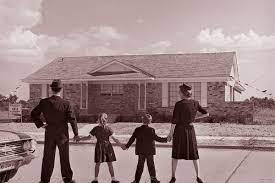

During the 1940’s, there was a dramatic increase in the amount of women active in the paid labor force. The start of the second world war called for women to work more or less full time jobs, in order to help supplement income while the man of the house was away at war. African American women were highly discriminated against, with the large bulk of the work offered to them being of a domestic service. Single women were left to work in factories, fulfilling the behind the scenes work, while married white women were used as the face of the labor industry, and given the more commercial jobs.

